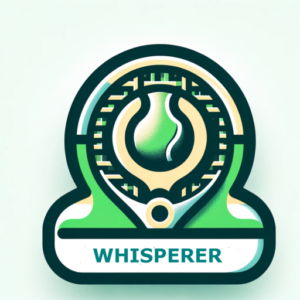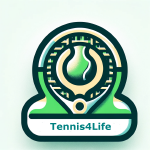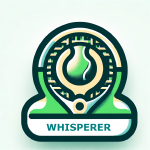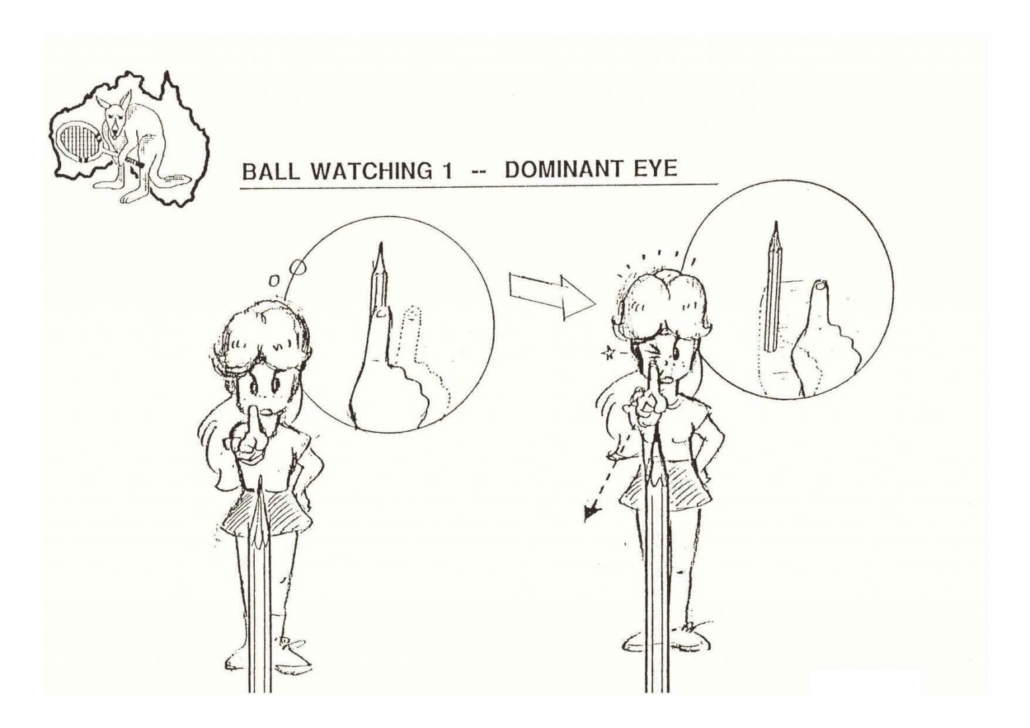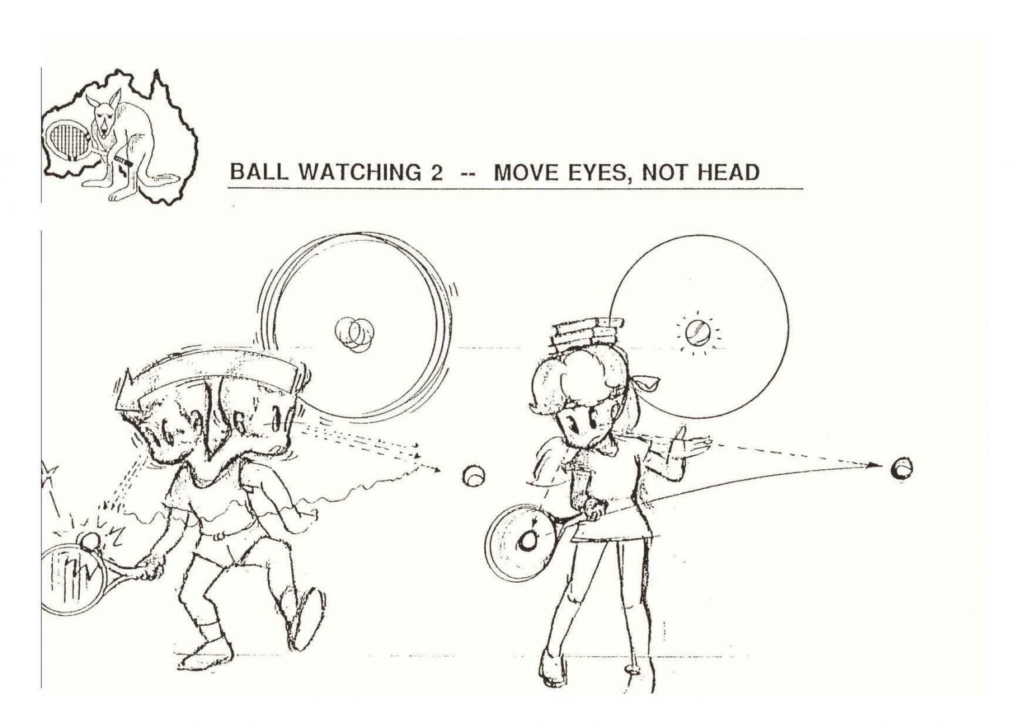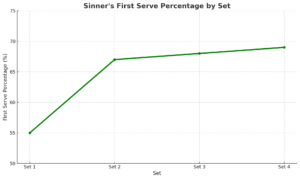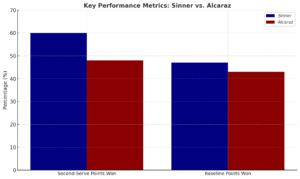Gauff’s Spin Serve Revolution
Gauff’s Spin Serve Revolution
New Weapon at the WTA Finals in Riyadh
After a shaky start to 2025, Coco Gauff caught fire on clay—reaching two WTA 1000 finals and lifting the French Open with signature grit and endurance.
Then, just weeks later, her serve broke down.
She made a decisive call: part ways with her technical coach and rebuild the shot from the ground up—just days before the U.S. Open. Enter biomechanics expert Gavin MacMillan.
What followed was a rare transformation at the highest level: a complete overhaul of Gauff’s service motion, grounded in principles of balance, motor control, and efficient force production.
Spin Isn’t Just Safe—It’s Strategic
Gauff’s new motion now leans heavily into kick and slice serves, abandoning her over-reliance on flat power. It’s not just a stylistic shift—it’s strategic evolution.
Why it works:
-
More net clearance = fewer double faults.
-
Heavy spin disrupts rhythm, especially on second serves.
-
Kick serves push opponents back, exposing court space and buying time.
Despite leading the WTA Tour in double faults this year, Gauff surged to No. 3 in the world, capturing the Wuhan Open without dropping a set.
And at the WTA Finals in Riyadh, her new serve was on full display—varied, high-bouncing, and increasingly unreturnable.
“I wanted to make sure if I were to lose, it would be losing the right way,” she said.
What This Means for You
If you’re a competitive player ready to evolve your serve, Gauff’s journey is more than inspiration—it’s a blueprint.
1. Spin Creates Pressure
Flat serves get headlines. Spin serves win matches.
Kick and topspin serves give you margin, shape, and options. They buy you space to control the rally and expose returners who don’t move well off the bounce—especially on slower surfaces.
2. Build It From the Ground Up
MacMillan’s system starts at the base: lower body balance and kinetic sequencing. The goal? Not just to hit hard—but to generate efficient, reliable power through proper biomechanics.
This aligns with the principles from the Whisperer Kinetic Chain post: true serve power isn’t arm-driven—it’s built from the ground up.
Flat Power vs. Reliable Spin
“I like to go for the ace,” Gauff admitted. And who doesn’t?
But when pressure hits, it’s not just about speed—it’s about control.
Flat serves may look powerful, but spin allows you to “cover the ball” more—lifting it over the net with shape, depth, and safety. That margin lets you stay aggressive without giving away free points.
Spin doesn’t mean safe. It means sustainable. And in big moments, that’s the serve that survives.
Spin the Game-Changer
Don’t fear the kick—use it. Own the bounce.
Train your serve like a weapon: add variety, anchor it in biomechanics, and let it evolve with purpose. Mastery doesn’t come from force—it comes from form.
And as Gauff is proving on the sport’s biggest stages, spin isn’t just a change—it’s a game-changer.
Coming Soon: Serve Series Progression
A five-part series breaks the serve into its essential stages — starting position, toss mechanics, racquet drop, contact, and recovery. Each post delivers clear technical cues tailored for competitive players looking to build a reliable, powerful, and repeatable serve. Whether you’re a baseliner looking to hold more easily or a serve-and-volleyer sharpening your first-strike game, this series gives you the foundation to serve with purpose. Stay tuned.
